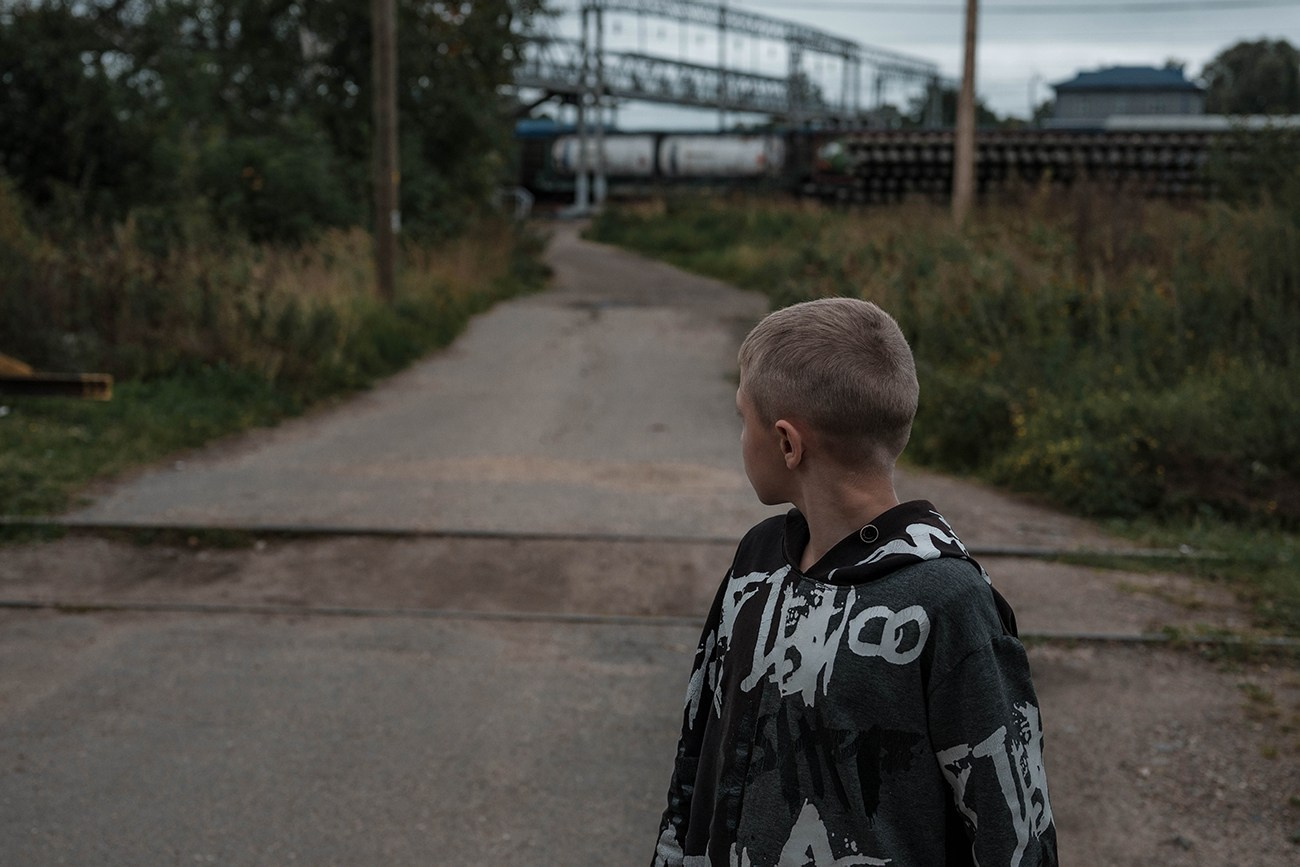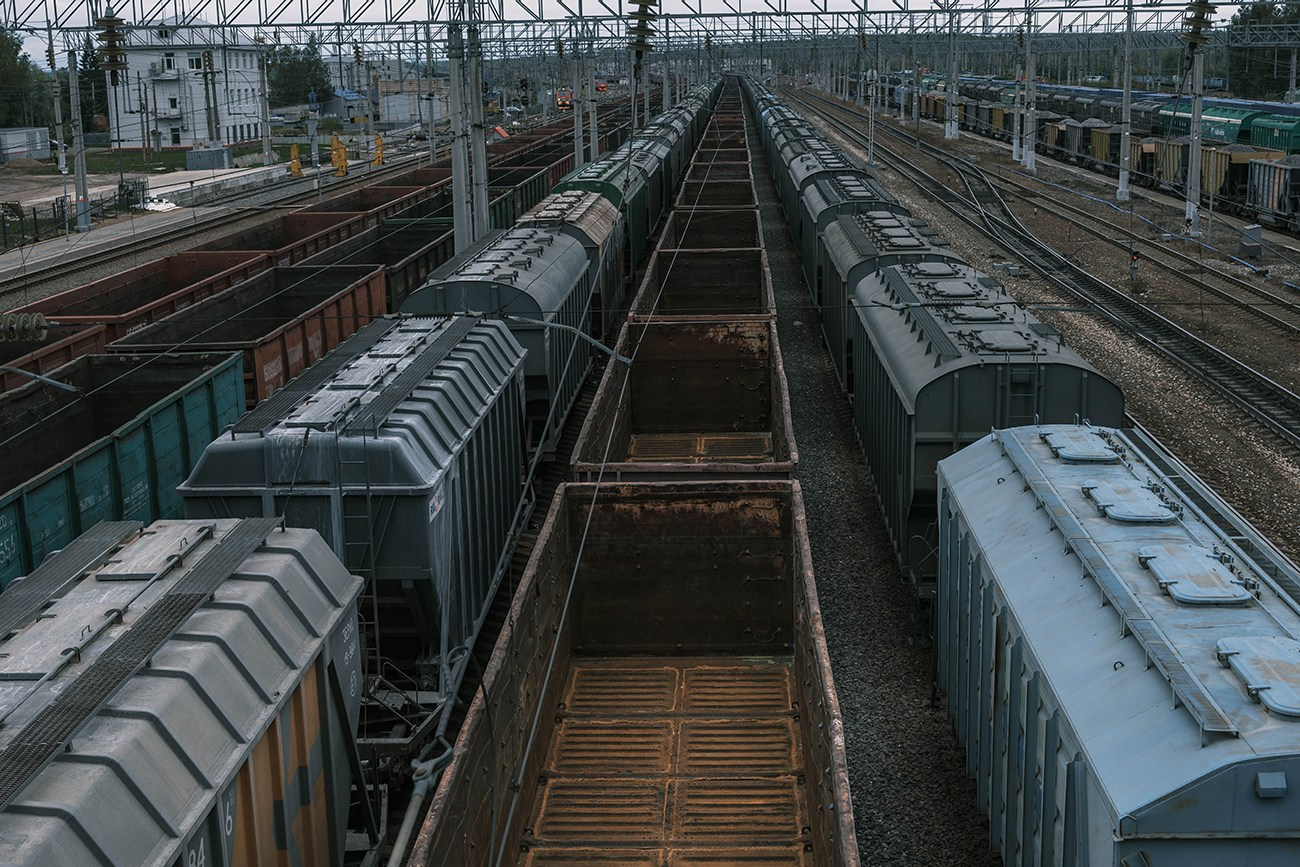Россия. 2025г. Визуальный дневник
Эта серия фотографий продолжает исследование собственной самоидентичности автора, осознание глубинных связей и корней, постижение феномена русской культуры в самых разных аспектах ее проявления, в разных временных рамках и её влияние на современную жизнь людей.
Данная серия продолжает многолетнюю работу в формате визуального дневника. В этом материале внешний формализм, объединяющий на первый взгляд случайные кадры жизни региона, позволяет выявить более глубокие связи между объектами. Проявить и исследовать более глубокую взаимосвязь, объединяющую самые разные стороны нашей жизни в одно целое. Задуматься об этой связи. Разные кадры и сценки, как фрагменты пазла или части мозаики, вместе складываются в общую картину жизни людей, позволяя за частным увидеть целое, а за случайностью — проступающие закономерности.
Russia. 2025. Visual Diary
This series of photographs continues the author’s exploration of his own identity, his awareness of deep connections and roots, his understanding of the phenomenon of Russian culture in its various manifestations, in different time frames, and its influence on people’s modern lives.
This series continues many years of work in the format of a visual diary. In this material, the external formalism that unites seemingly random snapshots of life in the region allows us to reveal deeper connections between objects. To reveal and explore the deeper interrelationships that unite the most diverse aspects of our lives into a single whole. To reflect on this connection. Different frames and scenes, like pieces of a puzzle or parts of a mosaic, come together to form a general picture of people’s lives, allowing us to see the whole behind the particular, and the patterns emerging behind the random.
Александр родился рядом со станцией железной дороги в городе Данилов. Ярославской области. Его дом находится недалеко от кругового депо, построенного еще до Революции. Здесь жили его родители, родители его родителей, их предки. Круговое депо активно действовало во время становления, подъема и разрушения периода советской власти в стране. В последние годы депо пустует, и чтобы здесь не собирались подростки, депо решили законсервировать. Возможно в самые ближайшие годы оно будет уничтожено. Сегодня же оно представляет собой с одной стороны пример еще дореволюционной промышленной архитектуры, образцы которой можно найти по всей стране. И почти везде сегодня это умирающие объекты, в которых находят прибежище подростки или местные алкоголики.
Александр много учится, работает, участвует в благотворительной деятельности. Его образ жизни сильно отличается от образа жизни большинства его сверстников в подобных регионах. Однако, как сложится его будущая жизнь, покажет только время.
Alexander was born near the railway station in the town of Danilov, Yaroslavl Region. His house is located not far from the roundhouse, built before the Revolution. His parents, his parents' parents, and their ancestors lived here. The roundhouse was actively used during the formation, rise, and collapse of Soviet power in the country. In recent years, the depot has been empty, and to prevent teenagers from gathering there, it was decided to mothball it. It may be demolished in the coming years. Today, it is an example of pre-revolutionary industrial architecture, examples of which can be found throughout the country. Almost everywhere today, these are dying structures that serve as shelters for teenagers or local alcoholics.
Alexander studies hard, works, and participates in charitable activities. His lifestyle is very different from that of most of his peers in similar regions. However, only time will tell how his future life will unfold.
Храм Казанской божей матери был построен в начале 20в. по уникальному проекту. Первые годы, до прихода в регион советской власти, здесь был большой женский монастырь. Потом монастырь закрыли, в храме был склад, магазин, а потом он долгое время стоял заброшенным. Внутри жгли костры, прятались от милиции местные подростки, собирались любители выпить вина или чего покрепче. Внутри здание было почти полностью разрушено, стены исписаны нецензурными выражениями. Так продолжалось до последнего времени, когда несколько лет назад храм вернули церкви, и здесь вновь расположился небольшой женский монастырь. Благодаря пожертвованиям и энтузиазму нескольких монахинь храм оживает и ему постепенно возвращают первоначальный вид. Через неделю после данной съемки должна состояться первая служба в общем помещении храма. Монахини стараются успеть закончить необходимые для проведения службы работы.
The Kazan Mother of God Church was built in the early 20th century based on a unique design. In the early years, before the Soviet regime came to power in the region, there was a large convent here. Then the convent was closed, the church was used as a warehouse and a store, and then it stood abandoned for a long time. Inside, fires were lit, local teenagers hid from the police, and people who liked to drink wine or something stronger gathered. Inside, the building was almost completely destroyed, and the walls were covered with obscene graffiti. This continued until recently, when, a few years ago, the temple was returned to the church, and a small convent was reestablished here. Thanks to donations and the enthusiasm of several nuns, the temple is coming back to life and gradually regaining its original appearance. A week after this photo was taken, the first service is to be held in the temple’s common room. The nuns are trying to finish the work necessary for the prayer service in time.
И история кругового депо в Данилове, и история храма в Горушке, который находится на расстояние не более 5 км. от депо, являются типовыми для всей России. И цикличность происходящих с ними процессов, невольно заставляет задуматься о цикличности процессов, происходящих в жизни страны.
Both the history of the circular depot in Danilov and the history of the church in Gorushka, located less than 5 km from the depot, are typical for the whole of Russia. And the cyclical nature of the processes taking place there inevitably makes one think about the cyclical nature of the processes taking place in the life of the country.



























































